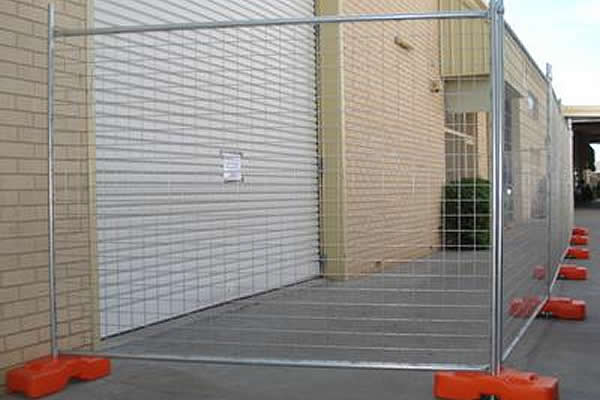 TEL:
+86-13102802206
TEL:
+86-13102802206
 Email:
fencenetting@china.com
Email:
fencenetting@china.com
 Language
Language
 TEL:
+86-13102802206
TEL:
+86-13102802206
 Email:
fencenetting@china.com
Email:
fencenetting@china.com
 Language
Language


The Importance of Construction Security Fencing
In the realm of construction, the primary focus often revolves around timelines, budgets, and meeting project specifications. However, one of the most critical yet often overlooked aspects is ensuring site security. Construction sites, due to the materials, equipment, and manpower they house, can both attract and present opportunities for theft, vandalism, and unauthorized access. This is where construction security fencing steps in as a vital component not only to safeguard assets but also to ensure the overall safety of the site.
Understanding Construction Security Fencing
Construction security fencing refers to the temporary barriers erected around a construction site to deter unauthorized entry and protect valuable equipment and materials. These fences are typically made from durable materials and designed to be both functional and resilient against various environmental and human threats. Common types include chain link fences, solid panel fences, and even more advanced options such as electronic fences equipped with alarms.
Benefits of Construction Security Fencing
1. Deterrent Against Crime The most apparent benefit of construction security fencing is its capacity to deter criminal activities. A well-erected fence acts as a physical barrier that discourages trespassers and potential thieves. When individuals see a site surrounded by strong fencing, they are less likely to attempt to trespass, reducing the chances of theft and vandalism.
2. Safety for Workers Security fencing also plays a critical role in maintaining a safe working environment. By restricting access to the construction site, it ensures that only authorized personnel are present. This not only protects the workers from potential dangers but also prevents accidents that can occur due to unauthorized visitors wandering onto the site.
3. Control of Site Perimeter Construction security fencing helps to delineate the boundaries of the site clearly. This not only assists in organizing the work area but also provides clarity on where construction activities are taking place. Defining this perimeter can aid in preventing disputes over property lines and can provide clarity to the public and local authorities about ongoing operations.
4. Insurance and Liability Many insurance companies recognize the value of security fencing, which can sometimes lead to lower premiums. With a robust perimeter in place, the risk of theft or accidents decreases, making the site less risky for insurers. Furthermore, in the event of an incident, having a security fence may show that the site management took reasonable precautions to secure the property, potentially reducing liability.

5. Temporary and Versatile Solutions Unlike permanent fixtures, construction security fencing is designed to be temporary and adaptable. This means it can be easily installed, relocated, or dismantled as needed. Whether the project is a small renovation or a large-scale commercial development, temporary fencing provides flexibility tailored to evolving project demands.
Best Practices for Implementing Security Fencing
To maximize the effectiveness of construction security fencing, certain best practices should be adhered to
- Choose the Right Type of Fencing The choice of fencing should be determined by the specific needs of the construction site, considering factors such as height, material, and potential vulnerabilities. For instance, high-security sites may benefit from solid panel fencing combined with surveillance measures.
- Regular Inspections and Maintenance It is essential to conduct routine checks on the fencing to ensure that it remains in good repair and continues to serve its purpose effectively. Damaged sections should be repaired promptly, and any signs of tampering should be investigated.
- Incorporate Surveillance Measures While fencing provides a physical barrier, integrating surveillance cameras can enhance security further. Visible cameras serve as an additional deterrent and can capture footage in case of incidents.
- Training and Awareness Ensuring that all workers are trained in security protocols related to the site can further enhance safety. Employees should be aware of the importance of securing the site and report any suspicious activities immediately.
Conclusion
In conclusion, construction security fencing is an essential element in protecting construction sites from theft, vandalism, and safety hazards. By establishing a secure perimeter, construction teams not only safeguard their assets but also promote a safer working environment for everyone involved. When effectively implemented, construction security fencing proves to be an invaluable investment that pays dividends in peace of mind, safety, and overall project success.